Pro freestyler and sporting mental performance coach Stephen Gray has shared his expertise in both fields as part of our Mental Side of Freestyle series. Part II of the series explores just how freestylers can learn and master their insane combos and moves.
Like any other sport, freestyle football requires an insane amount of methodical practice in order to learn, improve, and master the intricate fine motor skills required. No one rolls out of bed one day with the ability to bust out insane combos without any prior practice. The learning process is just as much of a grind as it is a journey.
In sport psychology, we refer to the learning and rehearsal of new closed skills as skill acquisition, which in turn becomes skill mastery. In this second installment of the series, we are going to look at how skill acquisition is perfectly tied into freestyle when it comes to learning and perfecting moves.
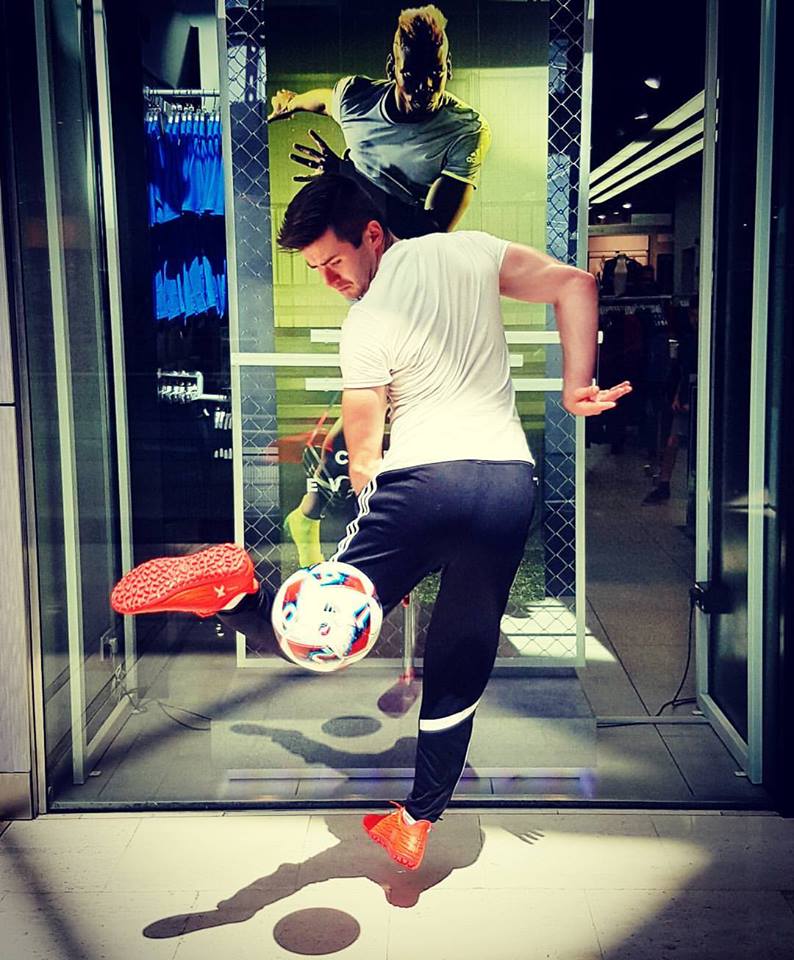
First, let’s clear up some jargon related to sports psychology and skill acquisition.
Fine motor skills: Actions that require us to actually move our bodies in a specific way to achieve a skill. In sports, fine motor skills are taken to another level, as you have only fractions of seconds to execute the skill at a high speed with precision.
Closed skills: Skills which have a clear start and end to the action. For example a basketball player shooting a free throw or — you guessed it — a freestyler doing an around the world. Closed skills are typically self-paced and controlled by whoever is performing them. For example, freestylers juggle in a particular way to set themselves up for that ATW. The athletes also know exactly what is required to execute the skill. But how is it that we know this?
Let’s start with a simplistic insight into square one of learning a new freestyle trick.
The Stages of Skill Acquisition
1. The Cognitive Stage
So you’ve just seen some crazy unknown freestyler on Instagram pull off the quirkiest and sickest looking transition you’ve ever seen, now you want to try it for yourself.
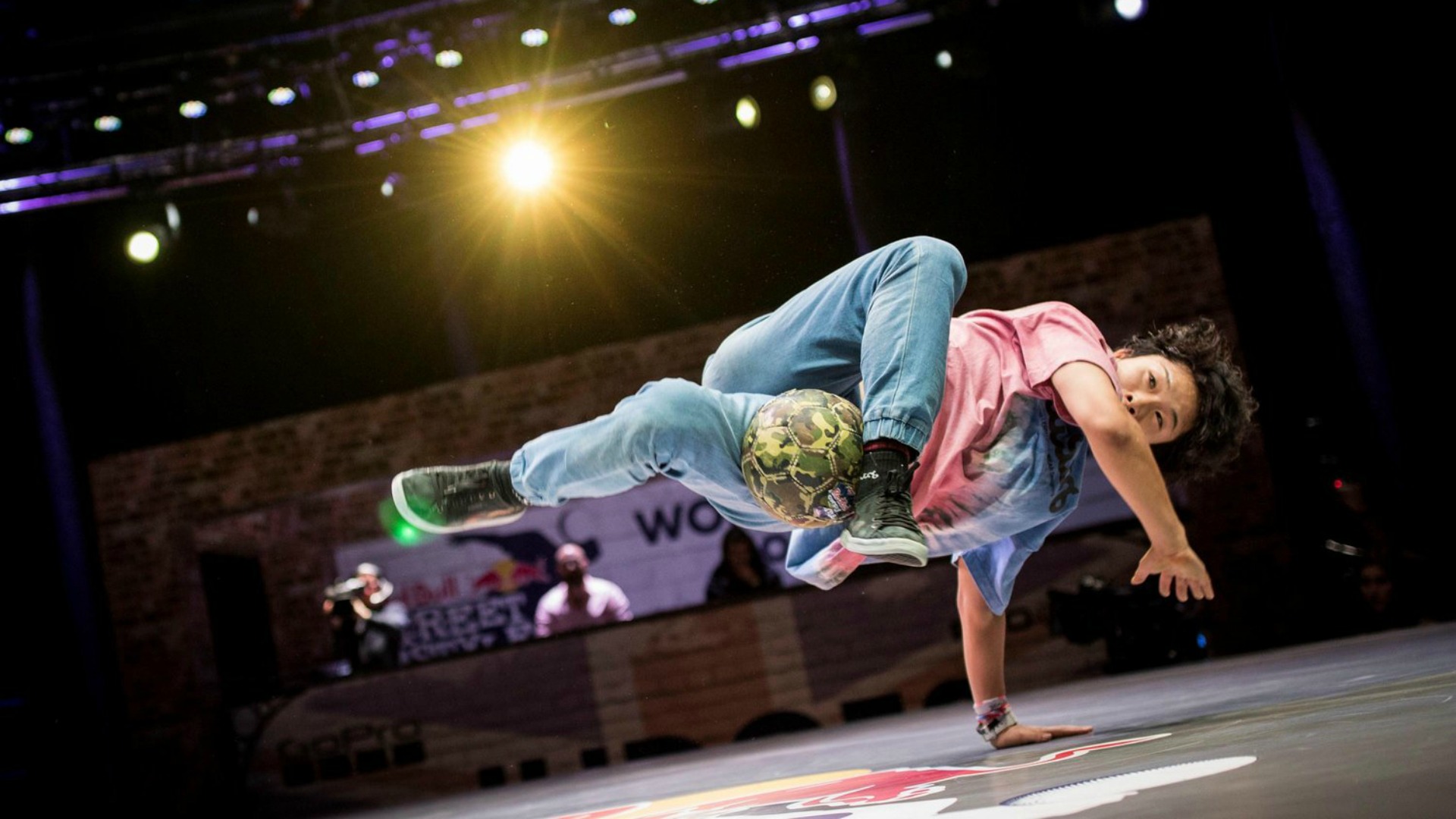
The cognitive stage can be seen as a person’s introduction to doing a skill for the first time. Awkwardness, hesitancy, errors, disorientation and confusion are all possibilities — even inevitabilities — with trying this trick for the first time.
Because it is our first time processing the trick, the brain has yet to figure out the necessary neural connections to carry it out in a seemingly accurate and fluid movement(s). In other words, at first we are totally just winging it and hoping not to land on our asses!
2. The Associative Stage
So while continuing for the quest to replicate that freestyler’s audacious transition, the emphasis at this stage is on practice. In repeating it over and over you try to ascertain what makes some attempts better than others. And as you get to grips with it, something truly awesome is happening inside of us, something we call myelination.
Myelination is the synchronization of our mind thinking about something and our muscles doing it. Each time the brain completes a skill, an impulse/message is sent between the brain and the functioning body part. The more purposeful this action and the more times it is repeated, the thicker the layer of insulation (myelin sheath) surrounding the message is. The thicker the myelin sheath is, the faster an impulse travels from the brain to the moving muscle, thus increasing the efficiency and accuracy of the action and reducing the time taken for the skill to be completed. Cheers science.
3. The Autonomous Stage
By this stage, the awkwardness surrounding executing the trick is gone. In fact, we don’t even have to give the trick much conscious attention, as instead it just seems to happen automatically.
This enables us to give our attention to other aspects of the trick. Something as complicated as the hypothetical freestyler transition has lots of aspects to take into consideration, such as hand placement, timing, cleanness, and foot angle.
Because we don’t need to pay as much attention now to the actual muscle activation for the trick (thanks to all that practice), we can turn our attention to these other aspects. Often times, they will have an impact on the aesthetics and fluency of a skill at this stage.
However, it’s important to not get autonomy confused with consistency. Just because your new trick can be done without much thought, that doesn’t mean you can hit it perfectly every time.
So that’s one way of looking at how we make progress sequentially, but why is it that some pick up new tricks and understand it faster than others? Even when they are putting in the same amount of hours in the sheer practice phase?
Ultimately, people do learn skills differently, and when it comes to freestyle people can have very different techniques when learning a trick. One example of where the individual differences really do shine through are the two types of feedback that are interwoven throughout the stages mentioned earlier.
Sensory Feedback
This is a fancy way of describing any feedback that is internal to us. When we perform a particular action, it’s going to interact with our sensory receptors, and the brain can monitor the consequence of these actions. Over time, an athlete can use this as a way of judging if the closed skill is being executed as desired. For example, golfers can tell if their swing was on point by listening to the sound the ball makes off of the club.
Freestyle football is a perfect example of sensory feedback existing in our skill set development. It encourages athletes to be very in tune with how the object (the ball) physically feels when doing these skills. We eventually develop a very evident sense of what we need to do to land each particular trick. Sensory feedback gives us perception as to what is good and what is not. Key word here is perception. Sometimes what we feel is right might actually be technically wrong.
Augmented Feedback
In contrast to sensory feedback, augmented feedback is external to the individual. This can be anything just as long as it’s in the environment rather than within the person. Classic examples include a coach giving verbal criticism to a player, or watching film to correct technical mistakes.
Sometimes the sensory feedback may feel ok, but when we get another perspective from an outside source, we realize we need to change something drastically. Otherwise, next thing you know you are nine years deep into freestyle and your sit downs are still disgustingly unclean from the bad habits you never fixed.
It goes without saying that freestyle a sport where you can benefit from advice from a coach or simply watching tutorial videos to help break down tricks in the learning process.
So to conclude, don’t be discouraged if you are a million miles away from a trick at the start, or if your progress is slow with learning a new trick. These things take time, and practice hard! Also, because freestyle utilizes both types of feedback so well, mix it up and find what works for you.
Some people really like to just train alone and are really maximizing that muscle memory with minimal distractions, but there are definitely advantages to training with others too, especially when it comes to learning new tricks.
Quite often in freestyle you will have been trying hard at something for a while and are very close and then with one other freestyler’s small new tip/adjustment you find everything just falls into place effortlessly.
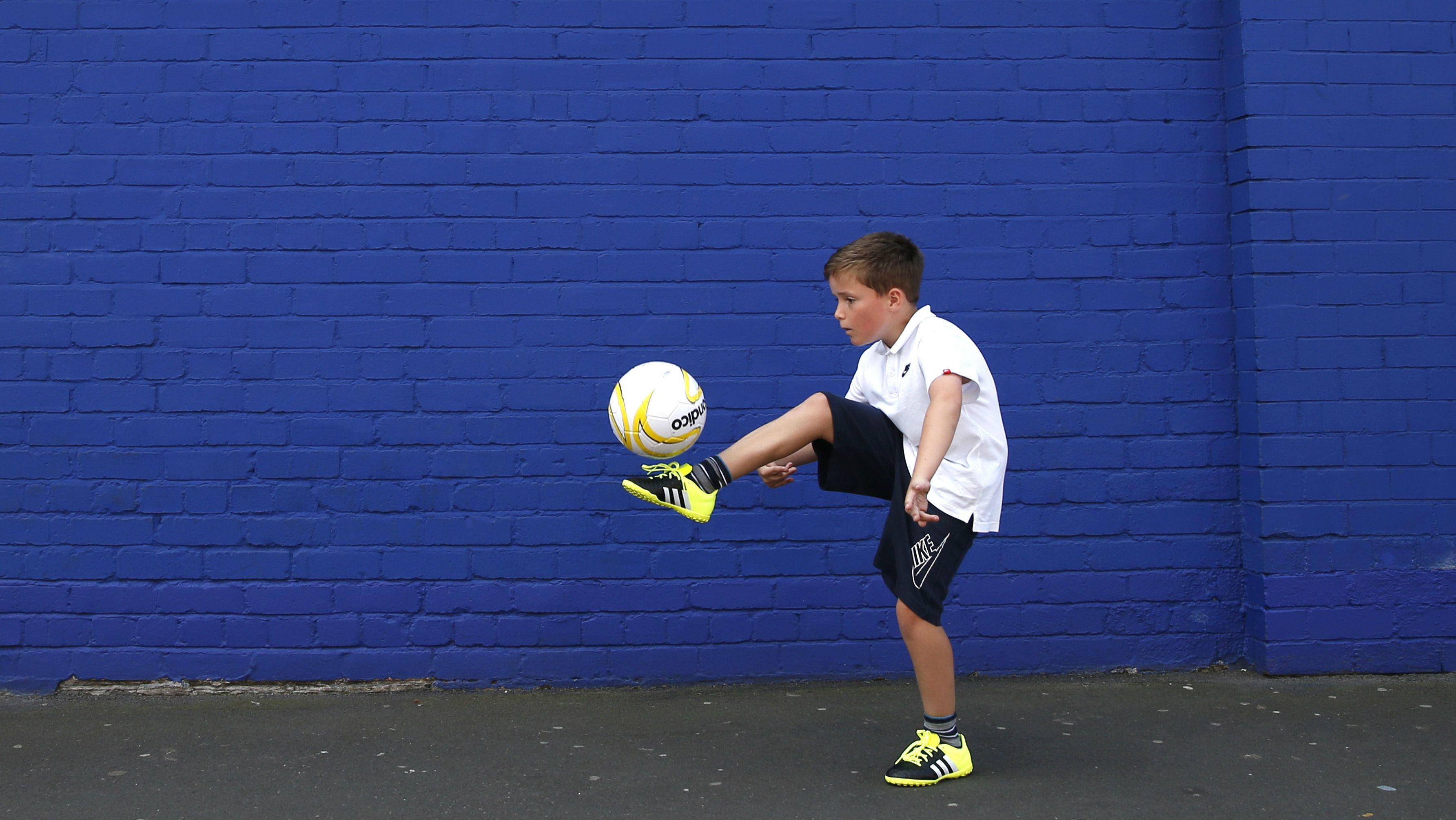
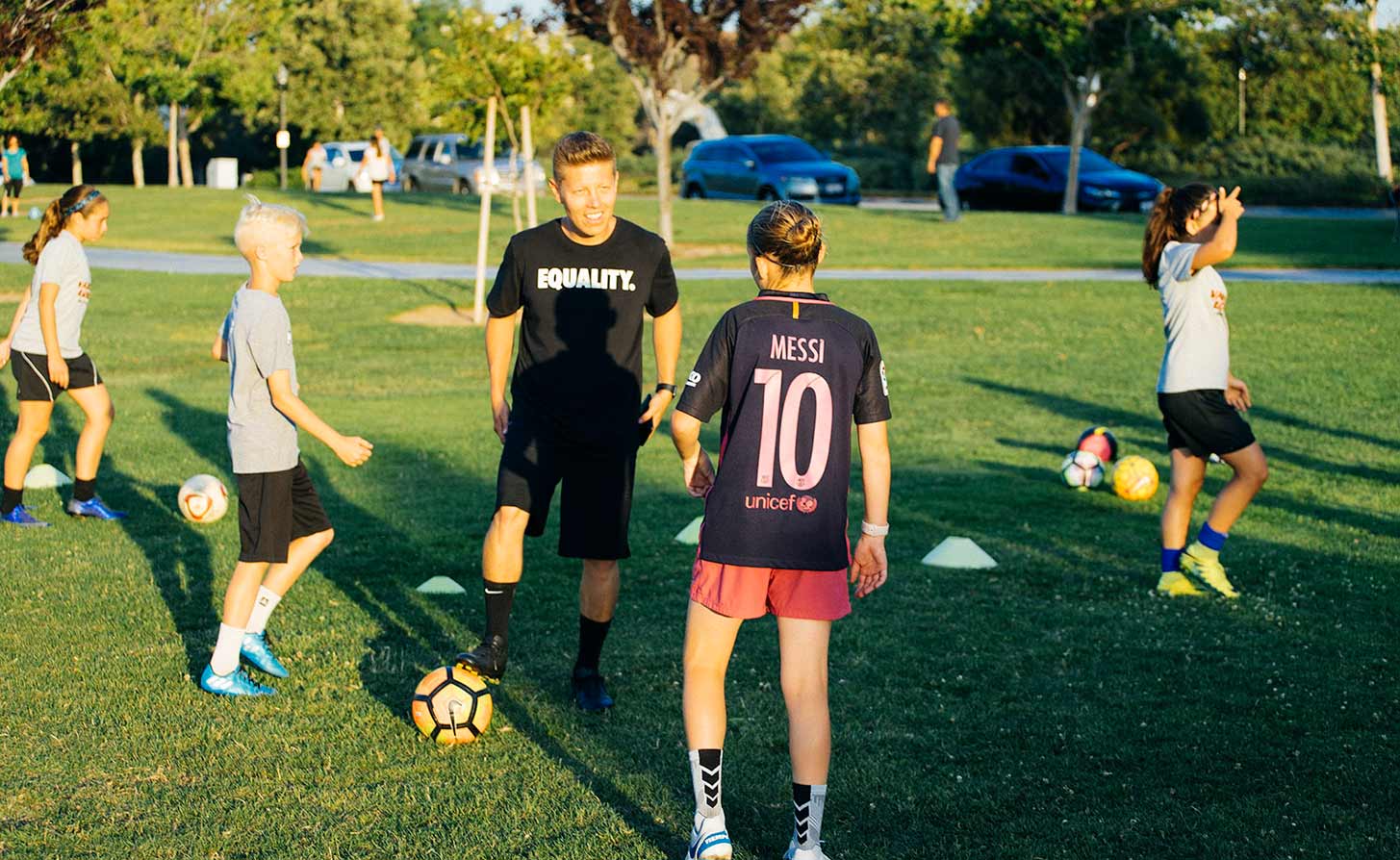

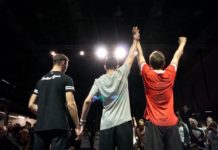

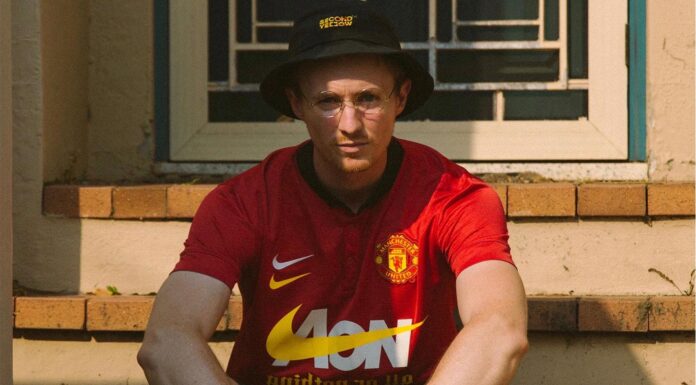




Great article ?